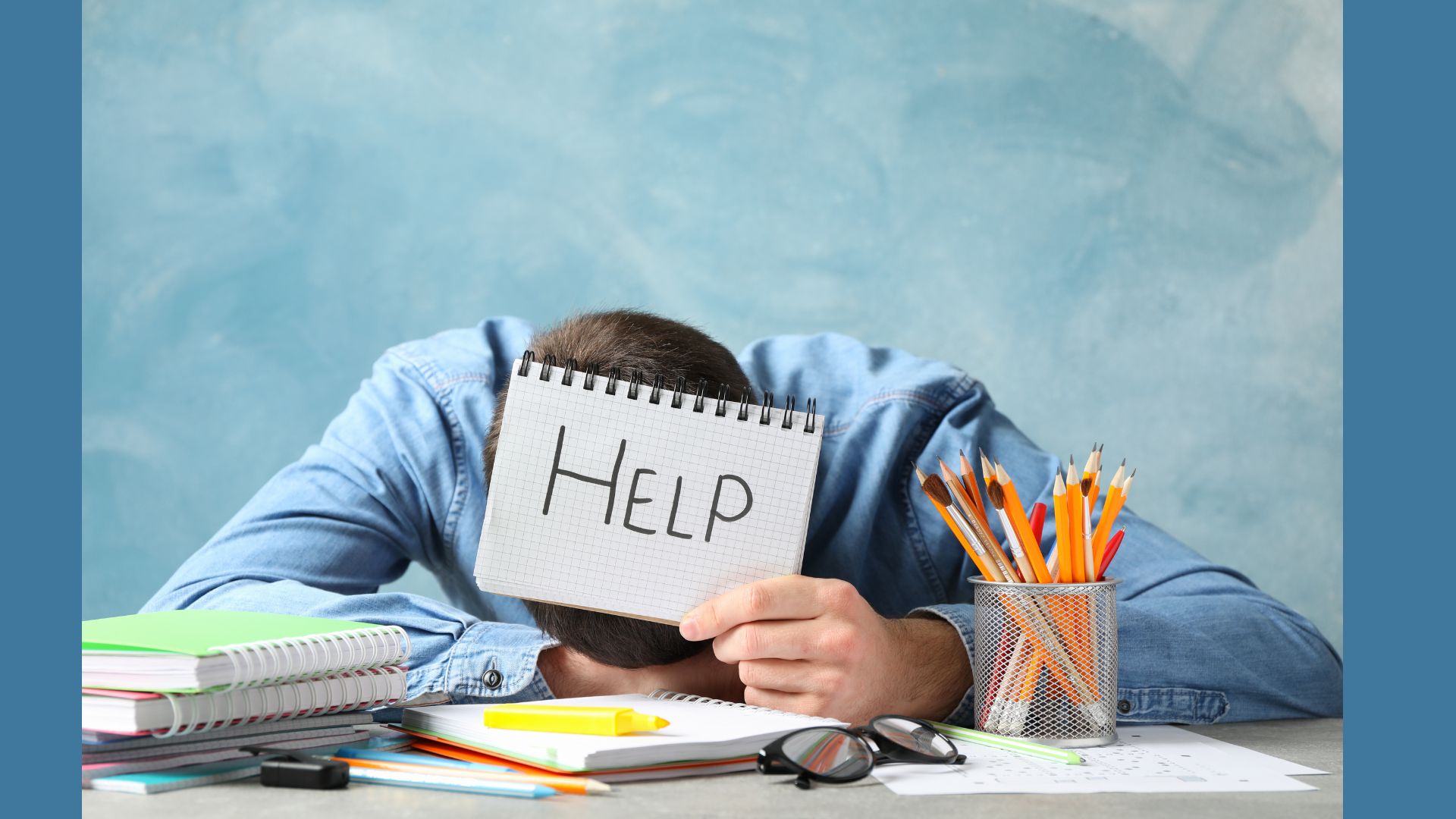1. What Is Burnout and When Did It Appear?
Burnout is a state of emotional, mental, and physical exhaustion caused by prolonged workplace stress—long hours, high demands, or an unsupportive environment. A lack of recognition, coupled with poor work–life balance, often deepens this condition, leading to reduced motivation, focus, and productivity. In advanced cases, employees may become unable to function, experiencing sleep disorders, weakened immunity, and chronic physical pain.
The term burnout was first introduced in the 1970s by German-American psychologist Herbert Freudenberger, who described it in 1974 while studying healthcare professionals. He observed how continuous stress led to emotional and mental collapse. Since then, the concept has expanded to all industries and has become a central focus in psychology, management, and occupational health.
2. Burnout vs. Emotional Exhaustion
While the terms are often used interchangeably, they represent different experiences:
- Emotional burnout: fatigue from ongoing pressures across life domains (family, relationships, studies, or digital overload).
- Workplace burnout: specifically tied to job-related stressors.
Types of emotional burnout:
- Family burnout: caregiving responsibilities causing fatigue.
- Relational burnout: ongoing tension in personal or romantic relationships.
- Social burnout: stress from societal expectations or social interactions.
- Academic burnout: exhaustion from heavy academic workloads.
- Digital burnout: constant connectivity and information overload leading to mental drain.
3. Stages of Workplace Burnout
Based on the Maslach Burnout Inventory, burnout develops progressively:
- Over-enthusiasm – excessive passion and unrealistic standards that ignore rest.
- Gradual fatigue – mounting stress, declining energy, and growing anxiety.
- Frustration & pessimism – disappointment, loss of motivation, and self-doubt.
- Withdrawal – emotional detachment and isolation from colleagues.
- Complete burnout – severe exhaustion with symptoms such as depression, anxiety, and physical illness.
Early detection is critical; once full burnout sets in, recovery requires structured support and psychological intervention.
4. Causes of Burnout
Burnout rarely stems from a single trigger—it is the result of overlapping factors, including:
- Excessive workload & long hours without sufficient rest.
- Poor work–life balance, leading to emotional exhaustion and isolation.
- Lack of recognition for efforts, weakening self-worth and motivation.
- Insufficient social support, leaving employees feeling isolated.
- Ineffective management that misallocates tasks and resources.
- Limited career development opportunities, fostering stagnation and disengagement.
5. Signs of Burnout
Burnout symptoms appear gradually and affect mind, body, and relationships:
- Declining performance & productivity
- Difficulty concentrating & frequent mistakes
- Heightened irritability & emotional outbursts
- Memory problems
- Physical consequences: depression, insomnia, digestive issues, and weight fluctuations
- Strained personal relationships due to withdrawal and social detachment
6. Impact on Organizations
Burnout is not just a personal issue—it’s a strategic business challenge. Research shows:
- Productivity drops by up to 25% among burned-out employees (WHO).
- Absenteeism increases by 50%, creating additional costs (APA).
- Morale declines, with 60% of employees reporting disengagement (Journal of Organizational Behavior).
- High turnover: 25% of employees quit within a year due to burnout (IJERPH).
For organizations, burnout translates into financial loss, reduced innovation, and weakened sustainability.
7. Protecting Yourself from Burnout
Prevention is better than cure. Employees can adopt strategies such as:
- Regular exercise and balanced nutrition.
- Mindfulness practices like meditation, journaling, or creative expression.
- Effective time management and task prioritization.
- Clear boundaries between work and personal life.
- Periodic mental health check-ins and gratitude practices.
8. The Role of Organizations:
Organizations play a decisive role in preventing burnout by:
- Raising awareness through workshops and internal campaigns.
- Providing continuous training on stress management and communication.
- Offering flexible work models that support work–life integration.
- Establishing transparent performance recognition and reward systems.
- Encouraging open dialogue and employee feedback.
Investing in employee wellbeing is both a moral responsibility and a business strategy that enhances loyalty, creativity, and long-term success.
Addressing it requires combined responsibility: individuals safeguarding their wellbeing, and organizations cultivating healthier, more supportive workplaces.




